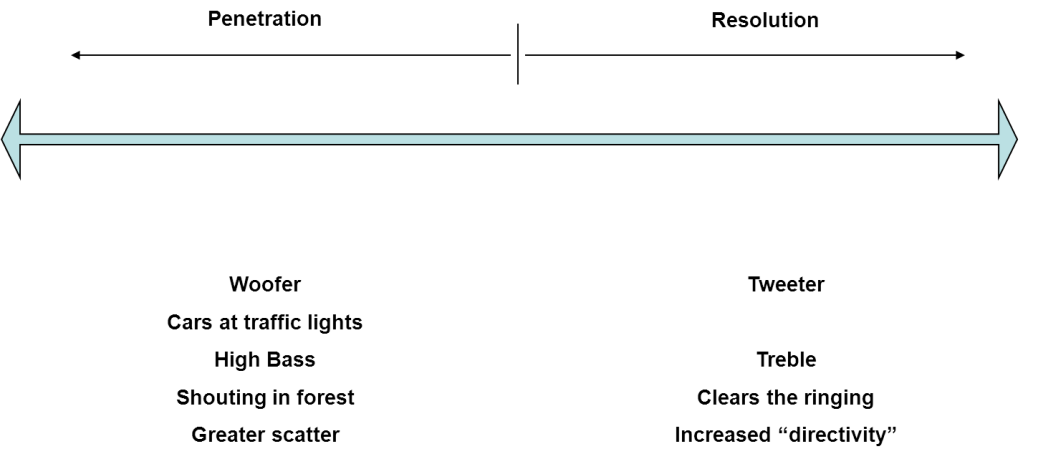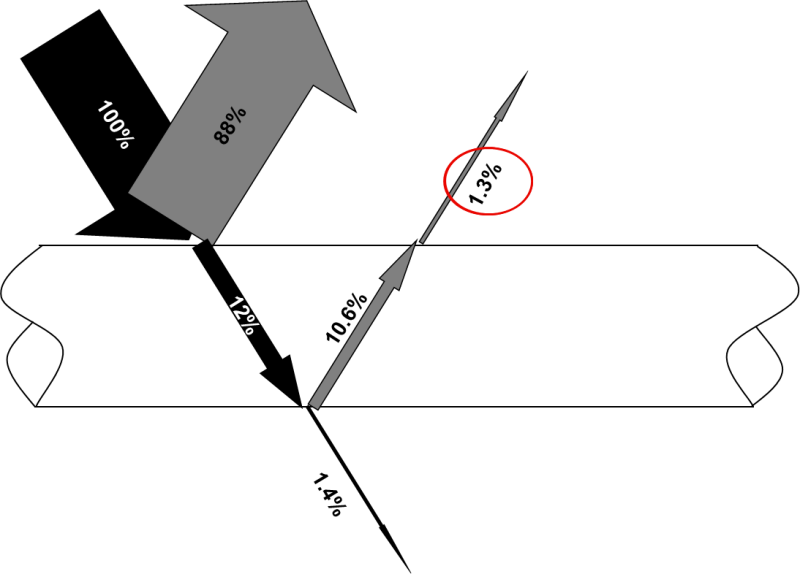Transducer Probes
The first decision is whether a single or dual element transducer is required.
For general thickness and corrosion measurement dual element transducers are normally used. Dual elements tend to focus closer to the surface with good near surface resolution because of the separate transmit and receive elements. Ideal for the detection of small pits and thickness gauging on corroded surfaces. Dual element transducers can have an optional protecting steel ring and the contact surface to extend the life of the transducer on rougher surfaces.
Single element transducer require a delay to overcome near surface resolution restrictions from direct contact. A delay enables excellent near surface resolution for thin materials, however, the delay can wear and need replacing on rougher surfaces.
Frequency
Frequency is the number of wave cycles completed in one second, normally expressed in Kilohertz (kHz) 1,000 cycles/second or Megahertz (MHz) 1,000,000 cycles/second. Most ultrasonic gauging is done in the frequency range from 500kHz to 20MHz, so most transducers fall within that range. However, commercial transducers are available from below 50kHz to greater than 200MHz.
Penetration increases with lower frequency, for example, only bass notes are heard from a nearby car stereo or noisy neighbour, while resolution and focal sharpness increase with higher frequency thus reducing “ringing”. Ringing is the phenomenon where the substrate and/or the crystal in the transducer vibrates when impacted by a signal, giving off more sound which may disrupt the measuring process.

Substrate Properties
As sound travels through a material, the energy it has begins to reduce. This energy is used up as it vibrates the molecules in the material causing heat and therefore is no longer detectable as sound energy. This process is known as sound attenuation. Attenuation varies with material and increases proportionally to frequency.
Generally, hard materials like metals are less attenuating than softer materials like plastics. Attenuation limits the maximum material thickness that can be measured with a given gauge setup and transducer. This is because it determines the point at which an echo will be too small to detect.
Materials such as rubber, fibreglass and other composites absorb or deflect ultrasonic energy and therefore lower frequency, more penetrating transducers should be used.
Higher frequency transducers are used on harder, less attenuating materials such as aluminium and titanium. Non- homogeneous or laminated materials can be difficult if not impossible to measure.
Substrate Size and Shape
The size of the substrate to be measured or the condition of the surface will dictate the size of the transducer used.
Diameter
Smaller diameter transducers are often most easily coupled to the test material while larger diameters may couple more efficiently into rough surfaces due to an averaging effect.
If we look at the examples below, for an external radius (convex) a larger diameter transducer would not sit properly on the surface and does not couple properly. A small diameter transducer couples well.
With an internal (concave) radius, a flat transducer does not couple well and a radiused delay line is required to give proper coupling. Delay lines are explained later in this module.
One of the main reasons we have to take all of these points into account when selecting a transducer is that even when all the conditions are favourable, the sound energy returning to the transducer is a very small percentage of that transmitted.

Figure 10 shows how sound is transmitted or reflected at a water/steel boundary, we can see that 88% of the initial sound is reflected at the steel surface and only 12% is transmitted into the steel. At every subsequent boundary between dissimilar materials, this 88% reflection/12% transmission ‘rule’ applies.
Thus, at the back wall, only a small amount (1.4% of the original energy) is transmitted through the boundary; the majority (10.6% of the original energy) is reflected.
When this sound returns to the initial steel surface the majority (9.3% of the original energy) is reflected, meaning only (1.3% of the original energy) is transmitted through to the receiving element in the transducer.
Put simply, only 1.3% of the sound emitted by the transducer returns, hence the analogy ‘shouting whilst listening for a whisper’.
